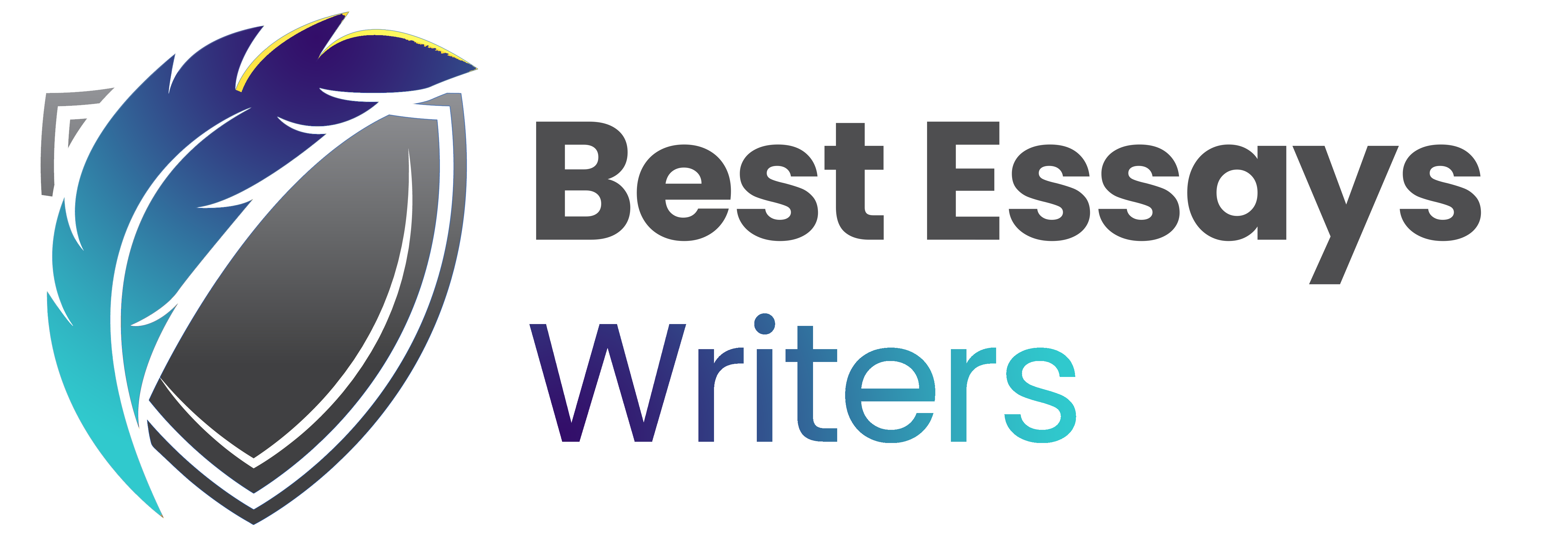- The best essay writing company you will ever find online
- +1(646) 814 8116
- bestessayswriters@gmail.com
MULTIPLE CHOICE1. Walters Co. purchased raw materials with a catalog price of $
Hello world!
May 27, 2020CRITICAL THINKING ABOUT THE BIBLE
January 5, 2021MULTIPLE CHOICE1. Walters Co. purchased raw materials with a
catalog price of $70000 on March 2 2010. Credit terms of 4/20 n/60
applied. Walters uses a perpetual inventory system and the net price
method. If Walters pays for the purchase on March 18 2010 what amount
is recorded for inventory on March 2 2010? (Points: 4)2. Which one of the following types of costs is most likely to be included in determining the cost of inventory? (Points: 4)3.
Phillips Corp. purchased raw materials with a catalog price of
$60000. Credit terms of 3/15 n/60 apply. If Phillips uses the net
price method the purchase should be recorded at (Points: 4)4. Which of the following is not a disadvantage of using the FIFO cost flow assumption? (Points: 4)5. Which one of the following statements is true with regard to the lower of cost or market rule? (Points: 4)6. The major criticism of the lower of cost or market rule for valuation of inventory is that (Points: 4)7. The gross profit method is most commonly used to (Points: 4)8. Which one of the following statements regarding the gross profit method is not true? (Points: 4)9. According to GAAP interest must be capitalized for (Points: 4)10. When exchanging nonmonetary assets (Points: 4)11.
Which of the following costs incurred subsequent to the acquisition of
a machine would be appropriately accounted for by debiting the
accumulated depreciation account related to the machine? (Points: 4)12. At the end of the year any balance in Allowance for Repairs should be (Points: 4)13. Which of the following is not a factor in selecting a depreciation method? (Points: 4)14.
When the expected cost to dismantle and remove an asset exceeds the
expected selling price of a depreciable asset the difference is
(Points: 4)15. Which depreciation method ignores residual value when computing the depreciable base of an asset? (Points: 4)16. What effect does depreciation have on the calculation of the rate of return on total assets? (Points: 4)17. Which of the following characteristics is not common to both tangible and intangible assets? (Points: 4)18. Which of the following statements regarding intangible assets is true? (Points: 4)19. Which of the following costs should always be expensed as incurred? (Points: 4)20. Which of the following methods is used to amortize intangible assets over their useful lives? (Points: 4)21. All of the following are examples of legal liabilities except (Points: 4)22. On the balance sheet liabilities are generally classified as (Points: 4)23.
Current liabilities are obligations whose liquidation is reasonably
expected to require the use of existing current assets or the creation
of other current liabilities within (Points: 4)24. The operating cycle is typically defined as the time it requires to convert (Points: 4)25. With regard to liabilities liquidity refers to (Points: 4)26. If a company sells its bonds at face value the effective interest rate is (Points: 4)27. When the market rate of interest is greater than the contract rate of interest the bonds should sell at (Points: 4)28. An unsecured bond is called a (Points: 4)29. Discount on Bonds Payable is a(n) (Points: 4)30. Which of the following bonds pay no interest until maturity? (Points: 4)31.
Investments that are typically held for short periods of time and sold
by the company in the expectation of a profit on the short-term
differences in price are classified as (Points: 4)32. Which of
the following methods of accounting for investments is appropriate when
the investor has significant influence over the investee? (Points: 4)33. Unrealized gains and losses on investments in trading securities are reported (Points: 4)34. The carrying value of held-to-maturity debt securities is the (Points: 4)35. Permanent value declines in available-for-sale securities should be (Points: 4)
